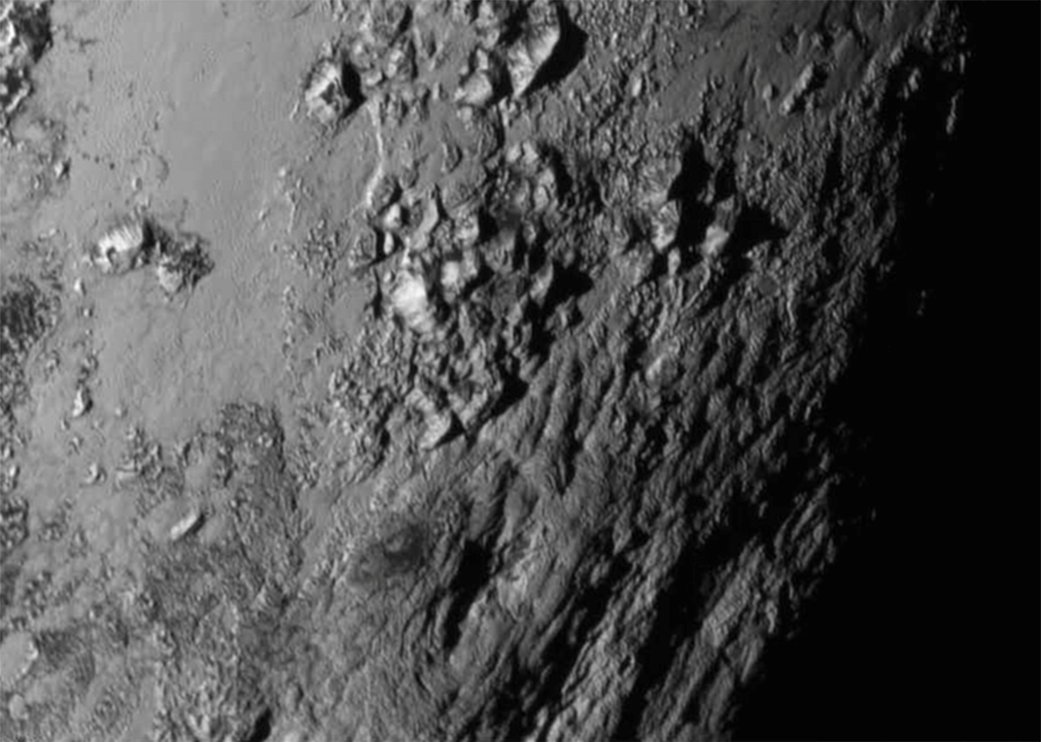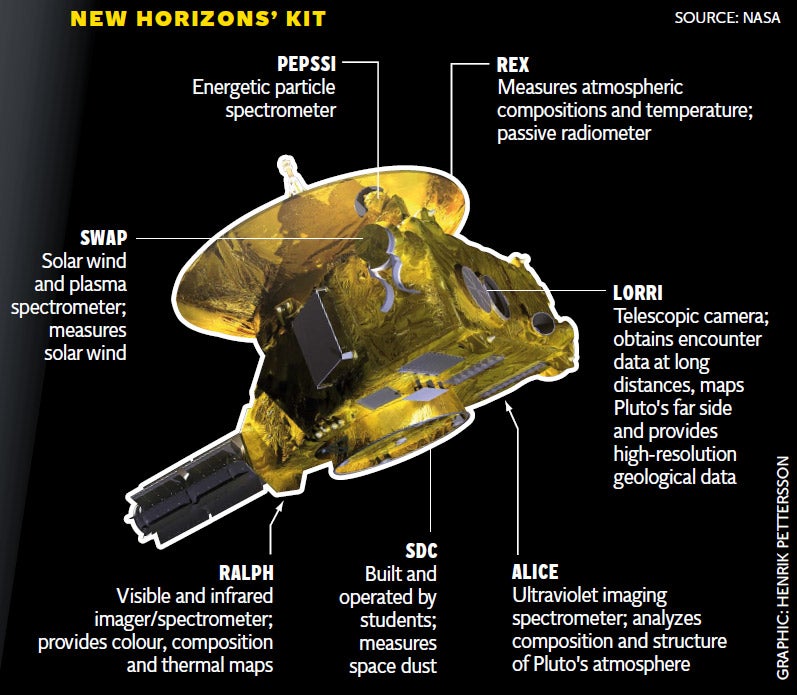Pluto has huge icy mountains, Nasa says, shown off in stunning pictures from New Horizons space craft
Young mountains reach up as high as 11,000 feet, and were a huge surprise to Nasa scientists

Your support helps us to tell the story
From reproductive rights to climate change to Big Tech, The Independent is on the ground when the story is developing. Whether it's investigating the financials of Elon Musk's pro-Trump PAC or producing our latest documentary, 'The A Word', which shines a light on the American women fighting for reproductive rights, we know how important it is to parse out the facts from the messaging.
At such a critical moment in US history, we need reporters on the ground. Your donation allows us to keep sending journalists to speak to both sides of the story.
The Independent is trusted by Americans across the entire political spectrum. And unlike many other quality news outlets, we choose not to lock Americans out of our reporting and analysis with paywalls. We believe quality journalism should be available to everyone, paid for by those who can afford it.
Your support makes all the difference.Nasa's New Horizons mission has found that Pluto's icy surface is covered in huge, young mountains.
The mountains were formed less than 100 million years ago, according to Nasa, making them much younger than the solar system. And they might even still be growing.
The young mountains might suggest that Pluto's surface is still active, and changing, now.
The New Horizons’ Geology, Geophysics and Imaging Team, led by Jeff Moore, have made the prediction of the age based on the lack of impact craters on the dwarf planet. Pluto must have been hit by huge amounts of space debris – but the marks of those impacts could well have been removed by the recent geological activity.
“This is one of the youngest surfaces we’ve ever seen in the solar system,” Jeff Moore said in a statement.
Scientists still aren't sure how those characteristics might have been formed.
“This may cause us to rethink what powers geological activity on many other icy worlds,” GGI deputy team leader John Spencer of the Southwest Research Institute in Boulder, Colo, said in a statement.
The new image was taken about an hour and a half before New Horizons made its closest approach to Pluto, from about 480,000 miles away. More pictures are expected to be released in coming weeks – building up a "mosaic" of the surface of the planet.

Join our commenting forum
Join thought-provoking conversations, follow other Independent readers and see their replies
Comments